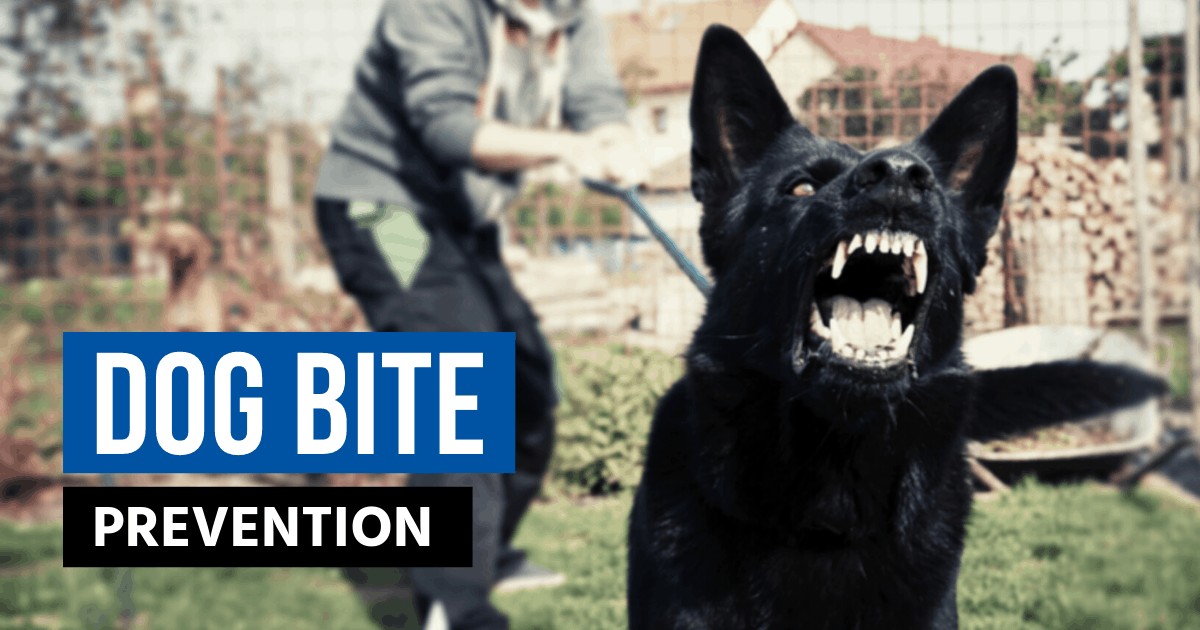Occupational Dog Bite Prevention Training Essential Safety for Field Workers

In today’s workforce, employee safety is paramount, especially for those whose jobs require them to enter residential or private properties. Dog bite incidents are a growing concern among postal workers, delivery personnel, home healthcare providers, utility workers, and service technicians. At our organization, we prioritize educating teams through comprehensive occupational dog bite prevention training to mitigate risks, safeguard workers, and ensure efficient service delivery.
Why Occupational Dog Bite Prevention Matters
Each year, thousands of dog bites are reported by workers in the field. These injuries range from minor scrapes to severe trauma, infections, emotional distress, and even lawsuits. Aside from the human toll, companies face increased liability, workers ‘ compensation claims, and disrupted operations.
Dog owners may not always disclose their pet’s behavior or presence, leaving workers vulnerable. A formalized dog bite prevention program is no longer optional — it’s a necessity for companies that prioritize employee well-being and professional standards.
Understanding Canine Behavior in the Workplace
One of the most crucial components of practical training is the ability to interpret canine body language. Workers must be able to assess a dog’s behavior to avoid confrontation quickly
Key Signs of Aggression or Anxiety in Dogs Include:
-
Raised hackles or a stiffened body
-
Baring of teeth or growling
-
Staring intensely without blinking
-
Ears pinned back, tail low or tucked
-
Sudden freezing or lunging
Our training curriculum incorporates high-resolution visuals, real-world examples, and interactive scenarios to help workers recognize warning signs before it’s too late.
Critical Components of Dog Bite Prevention Training
We offer a structured program developed by animal behavior specialists, experienced occupational safety experts, and certified dog trainers. Our approach is tailored to the specific risks that different industries face in the field.
1. Risk Assessment & Pre-Visit Planning
Before setting foot on a property, employees should be trained to:
-
Review historical data (past dog incidents at that address)
-
Check customer notes for animal warnings
-
Call ahead to request that dogs be secured before arrival
-
Carry dog deterrent tools where appropriate
2. On-Site Situational Awareness
Once on-site, personnel must observe their surroundings:
-
Look and listen for dogs — barking, movement, scratching, or signs of fencing
-
Avoid entering yards without visual clearance
-
Do not turn your back on a dog or attempt to run
-
Keep calm body language and avoid direct eye contact
3. Defensive Posturing & De-escalation
If approached by an aggressive dog, workers are taught to:
-
Use a backpack or clipboard as a shield
-
Speak in a firm, calm voice
-
Stand sideways to reduce threat posture
-
Avoid jerky movements or loud noises
-
Use a dog spray or an air horn only as a last resort
4. Safe Use of Tools and Equipment
Proper training includes how to carry tools, packages, or gear safely:
-
Don’t obscure vision or limit movement
-
Can be dropped or used defensively if needed
-
Are not left open or in a way that attracts attention
Training Delivery Methods for Maximum Retention
Our occupational dog bite prevention training is offered through:
-
In-person seminars led by certified trainers
-
Online modules with interactive simulations
-
Virtual Reality (VR) training for high-risk roles
-
Printed quick-reference cards for field use
-
Refresher courses every 6–12 months
By using multi-modal learning strategies, we ensure that content is retained and applied in real-world situations.
Customized Training for Different Industries
Every job comes with unique challenges. That’s why our training is customizable to fit different sectors:
Postal & Delivery Workers
-
Dealing with open gates or mail slots
-
Addressing frequent visits to homes with dogs
-
Coordination with animal control for repeat offenders
Healthcare & Social Workers
-
Identifying pet risks in private home visits
-
Ensuring safe entrance and exit strategies
-
Working with clients to control pets during visits
Utility Technicians & Meter Readers
-
Navigating backyards and basements
-
Dealing with territorial breeds, protecting the home
-
Learning emergency retreat methods
Real Estate & Property Managers
-
Hosting open houses or inspections
-
Managing tenant properties with dogs
-
Ensuring safety during evictions or disputes
Legal Considerations & Liability Reduction
Having formal dog bite prevention training in place not only protects workers but also shields companies from legal repercussions. Our training satisfies OSHA guidelines, supports insurance compliance, and provides documented proof of proactive safety measures.
Key documentation includes:
-
Training attendance logs
-
Incident response plans
-
Policy enforcement records
-
Signed acknowledgment forms
These documents are essential in defending claims and maintaining a culture of accountability.
Post-Incident Protocols
Even with best practices, incidents can occur. We teach teams how to:
-
Report bites immediately to the supervisors
-
Document all details — time, location, dog behavior, injuries
-
Seek medical attention without delay
-
Photograph injuries and the scene
-
Contact animal control where appropriate
Following the protocol ensures proper care, protects legal rights, and helps prevent future attacks.
Benefits of Implementing Dog Bite Prevention Training
Companies that prioritize safety see measurable results:
-
Reduced injury rates and medical claims
-
Increased employee confidence
-
Enhanced customer service
-
Decreased liability exposure
-
Improved reputation for employee care
Protect Your Workforce Today
Occupational dog bite prevention training is a small investment with massive returns. Empower your employees with the knowledge, tools, and confidence to perform their jobs safely in environments where unpredictable animals are present.





